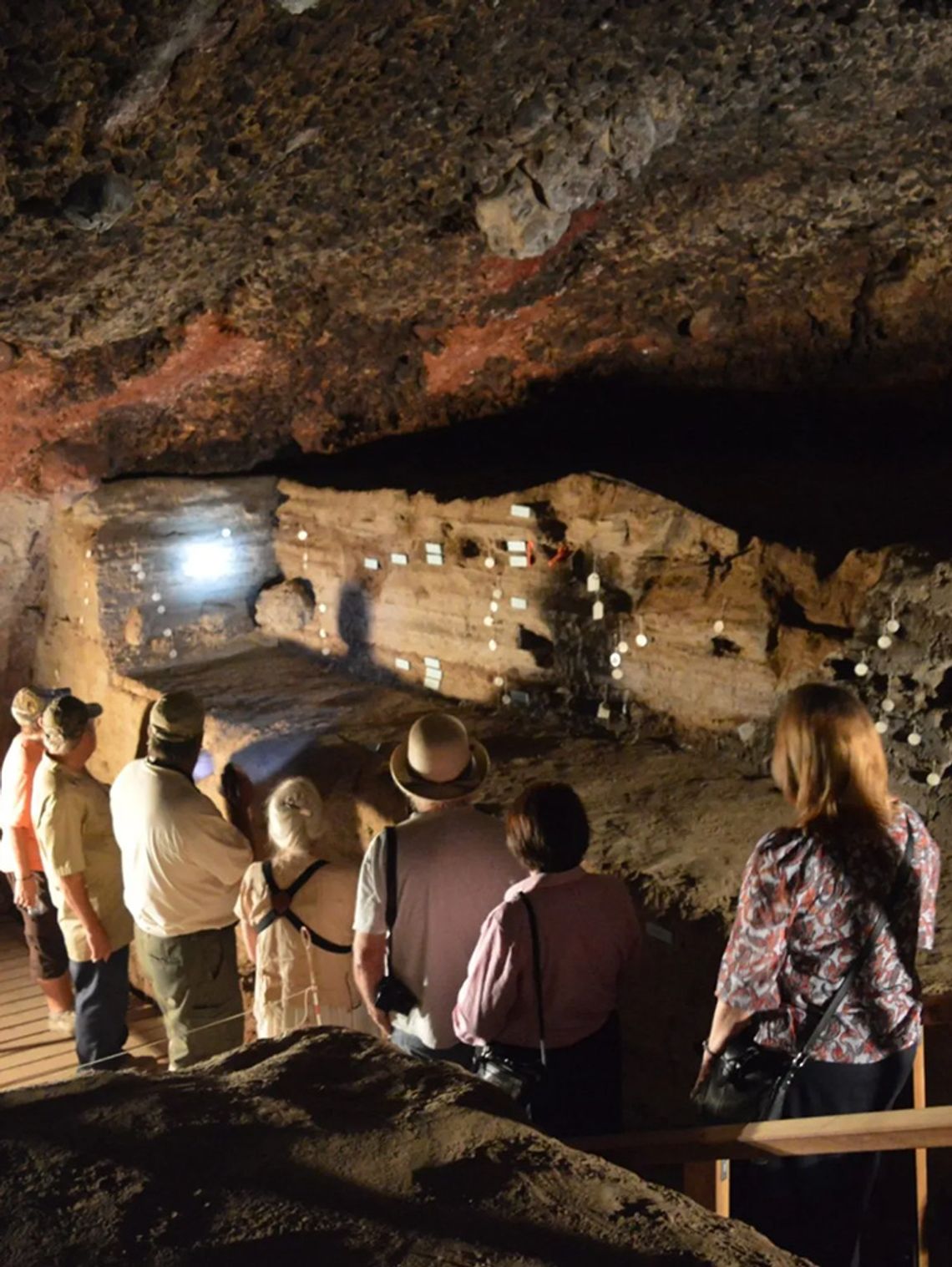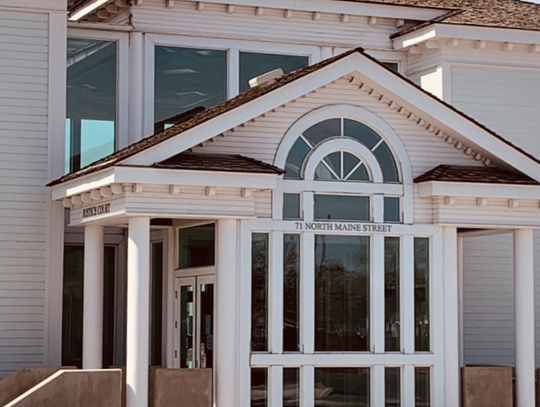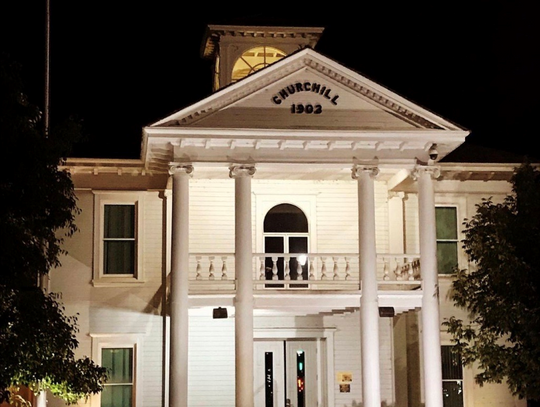Forty years ago, the Bureau of Land Management, in partnership with the Churchill County Museum alongside other contributors, began holding regular cave tours. Today, on the second and fourth Saturday of the month, visitors from all over still gather at the Churchill County Museum in the early morning for a tour of Hidden Cave.
Since its opening to the public, the site nestled in Grimes Point has proven to be a fruitful historical experience for tourists of all kinds. Whether local or non-local, there’s something everyone can learn from and about the Tio-Ticutta, or Cattail Eaters, and the Hidden Cave is the perfect place to start. But how did we get to this point, with thousands of years of cultural context and understanding right at our fingertips?
According to testing done in the cave and on artifacts found in and around it, Hidden Cave would have formed approximately 21,000 years ago as a result of the tides from ancient Lake Lahontan. Long ago, the entirety of Churchill County was completely underwater. As time went on, the lake became smaller and smaller. The Hidden Cave began to see its peak usage approximately 2,000 to 4,000 years ago. At that time, it is estimated that the water levels of Lahontan would have made the location a prime area for both resting and storage as it was close enough to water for food and other resources, but high enough to be safe from any threats.
Archaeologists on the site documented everything they found in the cave. The location and context behind the shelter and what it was made the project a hot spot for any archaeologist, seasoned or aspiring. It quickly became apparent that the Hidden Cave was important to the people who used it, because despite the natural conditions inside making it an unlivable long-term space, plentiful storage caches and what many believed to be potential forms of currency for the time were found inside. Who would be storing valuable items in a dark crawlspace? The answer lies within the local tribe and the people.
Around 2,000 years ago, the population of Toi-Ticutta people living in and around the marshes was thriving, and their inhabitance in the land is made clear all over the valley. From the historic discovery of the Spirit Cave Man, thought to be deceased since 7420 B.C., it is not more than a small trek to the infamous Grimes Point petroglyphs and to the longtime documented usage of cattails that was demonstrated to the excavating field school in 1979, it is clear the Fallon Paiute Shoshone Tribe’s roots run thick into this county.
One of the most unique things about the Hidden Cave site is its accessibility. In his anthropological review of “The Archaeology of the Hidden Cave” written in 1985, David Hurst Thomas said, “Too often it seems that scientific teams simply hit a town, conduct their research, then disappear with no attempt to communicate the findings to the townspeople who live with their archaeology every day.”
Because the site is relatively open due to the regular tours put on by the museum and BLM, thousands of guests from around the world have visited the cave for a first-hand experience. Rather than being fully excavated, the cave has been preserved and is laden with date markers and identification tags. The tour allows people to see history close up and the large number of specimens remaining untouched in the cave allows guests to feel truly involved in raw history.
One of the most important things the preservation of the cave symbolizes is the preservation of Toi-Ticutta culture. A firm reminder that indigenous people are still here. Oftentimes in small communities like Fallon, it may feel like their stories are lost, but historical sites ensure that not only will their ancestor's stories and experiences be forever honored in stone, but future generations will have greater access to what that history is built upon.
The stories must continue to be shared, not just for the native community but for the Churchill community as a whole. Sometimes it’s easy to forget just how historical and cultural our small community is. Opportunities like the Hidden Cave tours are truly a once-in-a-lifetime experience for many. That is something to be cherished.










Comment
Comments